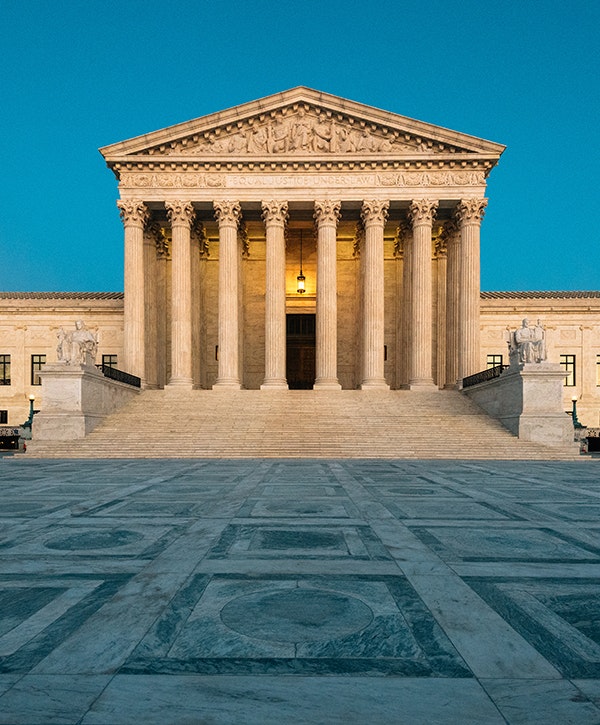1. What is Remain in Mexico?
Update:
On June 30, 2022, the U.S. Supreme Court ruled in favor of the Biden Administration, affirming that the government had the authority to fully and completely end Remain in Mexico. This is a significant victory for thousands of individuals and families who were left stranded in danger across the border by the cruel Trump-era policy first enacted in 2019. Following the high court’s ruling, the Texas District Court later removed its mandate that the government continue to implement MPP. Subsequently, the Biden Administration announced that it would stop all new enrollments to the program and would begin to process individuals still in Mexico whenever they returned to the U.S. for their court hearings.
While this represents the end of MPP, the legal fight is not over. Texas and Missouri are once again challenging the end of the Remain in Mexico program, this time going after the second termination order issued by the government.
The Biden Administration’s victory at the Supreme Court is a clear and decisive victory that reversed dangerous lower court rulings, including those mandating that any and all noncitizens must either be expelled and forced to remain outside the U.S. or incarcerated for the entirety of their asylum processing. At this time, the Biden Administration should move quickly to disenroll individuals stuck in Mexico and use its existing parole authority to allow those individuals to have a chance at a fair asylum hearing from within the United States. Vulnerable individuals including mothers, fathers, and children who are simply looking for a fair chance for their case to be heard must be protected.
Under Remain in Mexico, formally known as the Migrant Protections Protocols (MPP), asylum seekers cannot wait for a ruling on their asylum claims while waiting inside the U.S. Instead, those seeking relief at our border are returned to Mexico and only allowed to enter the U.S. for their court hearings.
Immigration court proceedings can take years because there are many thousands more cases than judges to handle them. Nonetheless under Remain in Mexico, individuals seeking asylum have had to live in Mexico for however long their court case takes.
Due to the constant risk of missing important documents or information if contacted by immigration authorities, many people enrolled in MPP were forced to make an impossible choice: living near the border to be closer to where their case could be heard, or risking automatically losing their asylum case if they missed their hearing. Most have chosen to stay near the border, but Mexican border towns where they’re forced to live are plagued with violence, and have virtually none of the capacity needed to safely house thousands of immigrants at a time. As a result, thousands of individuals enrolled in MPP – including vulnerable children and families – have been forced to suffer in disastrous, inhumane, and lethal conditions.
While the Biden Administration briefly shut down MPP, a Texas federal judge ordered the administration to make good faith efforts to reinstate the program until it could show that it had properly terminated the program and had detention space to detain all asylum seekers. This second iteration of Remain in Mexico began in December 2021, after the Biden Administration and the government of Mexico agreed to reimplement the program while establishing various measures to improve people’s living conditions. These included exemptions for vulnerable individuals, expanded protections during initial enrollment, and the creation of shelters across the border. Still, concerns have continued over shelters’ adequacy in ensuring immigrants’ access to legal aid, whether the exemptions are being properly applied, and over immigrants’ safety writ large.

